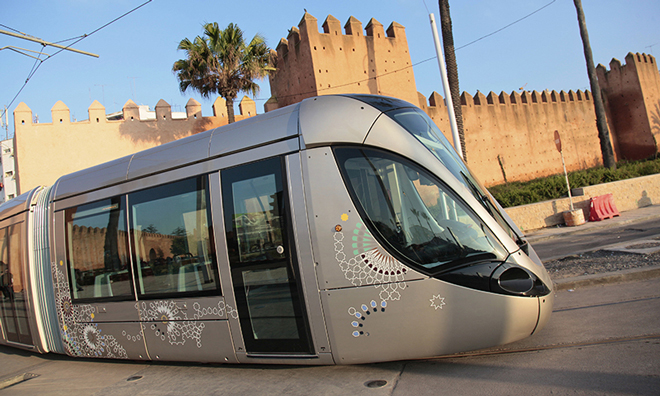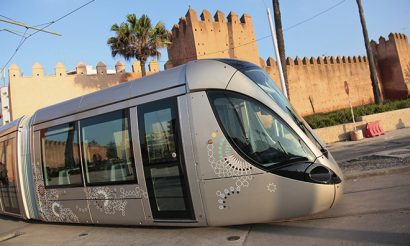New study suggests tramways have a smaller carbon footprint than BRT systems
- Like
- Digg
- Del
- Tumblr
- VKontakte
- Buffer
- Love This
- Odnoklassniki
- Meneame
- Blogger
- Amazon
- Yahoo Mail
- Gmail
- AOL
- Newsvine
- HackerNews
- Evernote
- MySpace
- Mail.ru
- Viadeo
- Line
- Comments
- Yummly
- SMS
- Viber
- Telegram
- Subscribe
- Skype
- Facebook Messenger
- Kakao
- LiveJournal
- Yammer
- Edgar
- Fintel
- Mix
- Instapaper
- Copy Link
Posted: 7 November 2016 | Katie Sadler, Digital Content Producer, Intelligent Transport | No comments yet
Results of a new study suggest over a 30-year period, a tramway system emits about half as much CO2 as a BRT system operated with diesel buses.


Results of a new study suggest over a 30-year period, a tramway system emits about half as much CO2 as a BRT system operated with diesel buses.


Credit: Alstom
Alstom and climate consultancy firm Carbone 4 have published findings of a report indicating tramways have a smaller footprint than Bus Rapid Transit (BRT) systems.
The study compares the carbon footprint of tramways and BRT systems in order to generate a better understanding of their comparative performance over the entire lifecycle including construction, operation and maintenance of the two systems. An analysis conducted on a typical 10 km line operated in Belgium demonstrated that for equivalent transport capacity, over a 30-year lifetime, a tramway system emits about half as much CO2 as a BRT system operated with diesel buses, and about 30% less CO2 than a BRT system operated with hybrid buses.
Tramways emit 30% less CO2 than a BRT system operated with hybrid buses
Commenting on the results, Julien Blanc, associate director of Carbone 4, said: “Reducing greenhouse gas emissions from transportation is both a key issue and an exciting challenge. It should be achieved through relevant urban planning, energy efficiency, clean energy and of course modal shift. Tramways are of course part of the solution and these infrastructures will benefit from all the improvements in ‘cleaning’ the electricity mix.”
Transport emissions expected to double to nearly 1bn tonnes of CO2 equivalent per year by 2025
With global urban transport emissions expected to double to nearly 1 billion tonnes of CO2 equivalent per year by 2025, favouring transport modes with the lowest carbon footprints is crucial in order to reach targets set at COP21 in 2015.
Cécile Texier, Sustainable Development Director at Alstom, said: “At Alstom, we are constantly working to promote sustainable mobility, striving to reduce the operational cost from energy for the benefit of our customers and committed to reducing the carbon footprint of transport. The survey conducted with Carbone 4 illustrates that rail systems have a lower carbon footprint that other motorised modes. It also shows that optimised system like Attractis, an innovative integrated tramway system that is simpler to operate and cost-effective, can significantly reduce CO2 emissions from the construction phase.”
The full report – Tramways or bus rapid transit which is greener? – Can be downloaded here.
Related topics
Air Quality, Transport Governance & Policy
Related modes
Bus & Coach
Related organisations
Alstom








